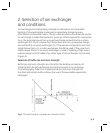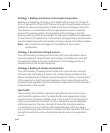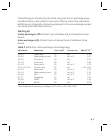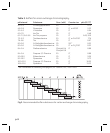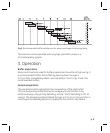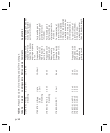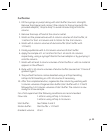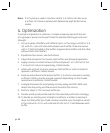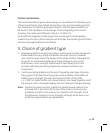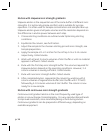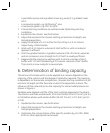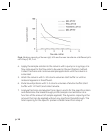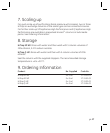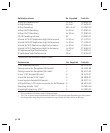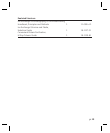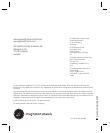p. 13
Further optimization
The recommendations given above will give a sound basis for developing an
efficient purification step. Details of how flow rate, sample loading, particle
size and elution scheme may be optimized to meet the special needs can
be found in the handbook, Ion Exchange Chromatography & Chromato-
foucsing, Principles and Methods, Code No. 11-0004-21.
GE Healthcare supplies a wide range of ion exchange chromatography
media for purification of biomolecules at all scales. See Ordering information
and visit www.gehealthcare.com/hitrap.
5. Choice of gradient type
1. Stepwise gradients are easy to produce and require minimal equipment.
Eluted peaks are very sharp and elution volumes minimal. However,
care must be exercised in the design of the steps and the interpretation
of results for substances eluted by a sharp change in pH or small
differences in ionic strength. Peaks tend to have sharp fronts and
pronounced tailing since they frequently contain more than one
component.
2. Continuous salt gradients are the most frequently used type of elution.
Many types of gradient forming systems are available. Two buffers of
differing ionic strength, the start and elution buffer (start buffer
+ 1 M NaCl or higher buffer salt concentration), are mixed together and if
the volume ratio is changed linearly, the ionic strength changes linearly.
Note: Another, but less common, method to desorb bound material is to
increase (SP) or decrease (Q) the pH of the eluent. Continuous pH
gradients are difficult to produce at constant ionic strength, since
simultaneous changes in ionic strength, although small, also occur
(buffering capacities are pH dependent).



